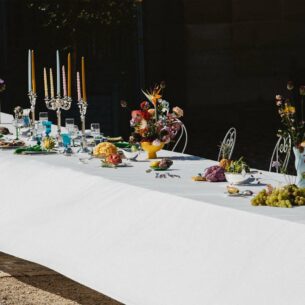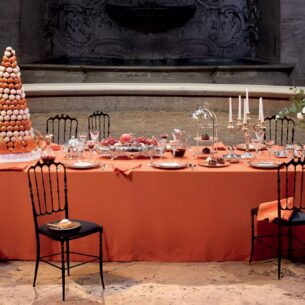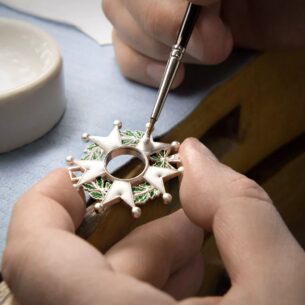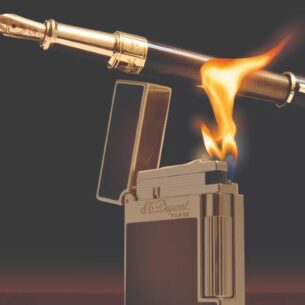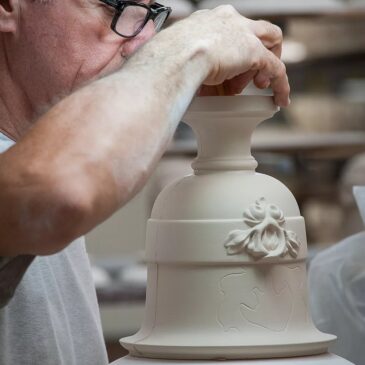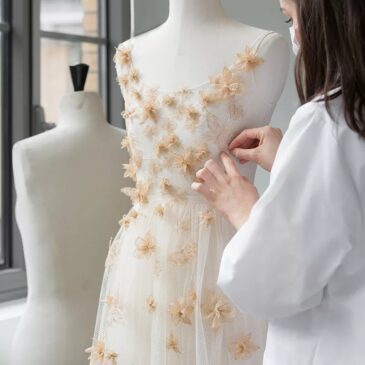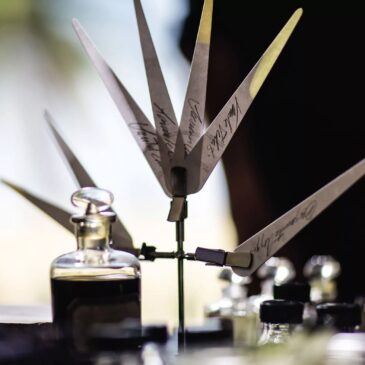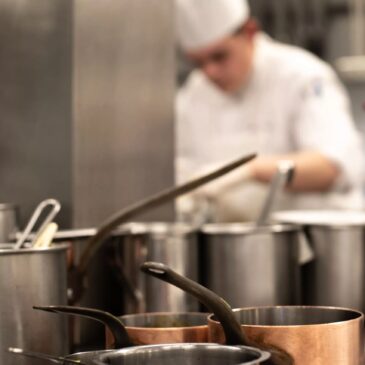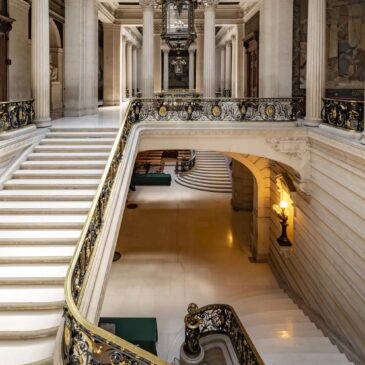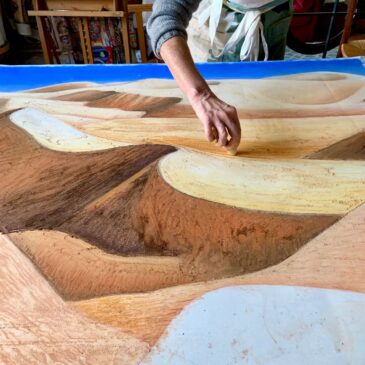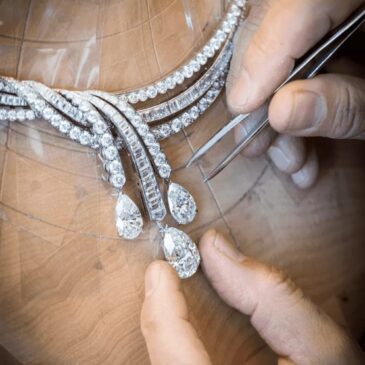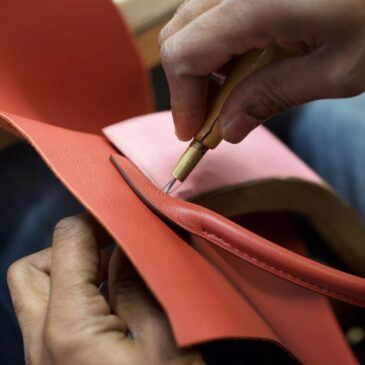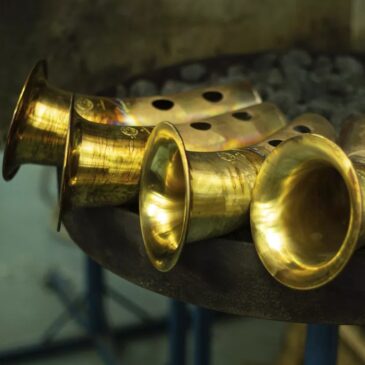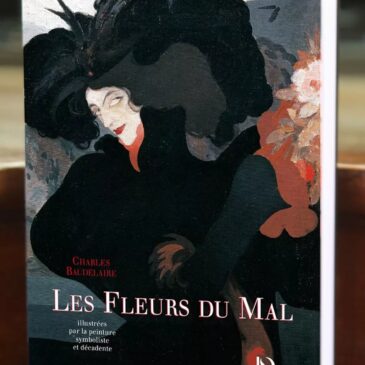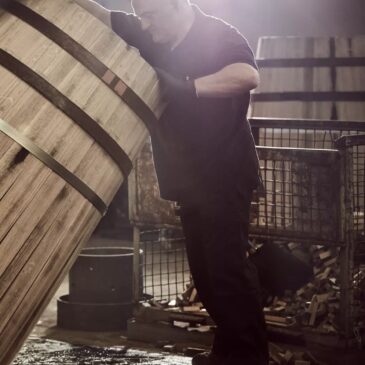Silversmithery
The golden age of French silversmithing
took place from the 17th to 19th century.
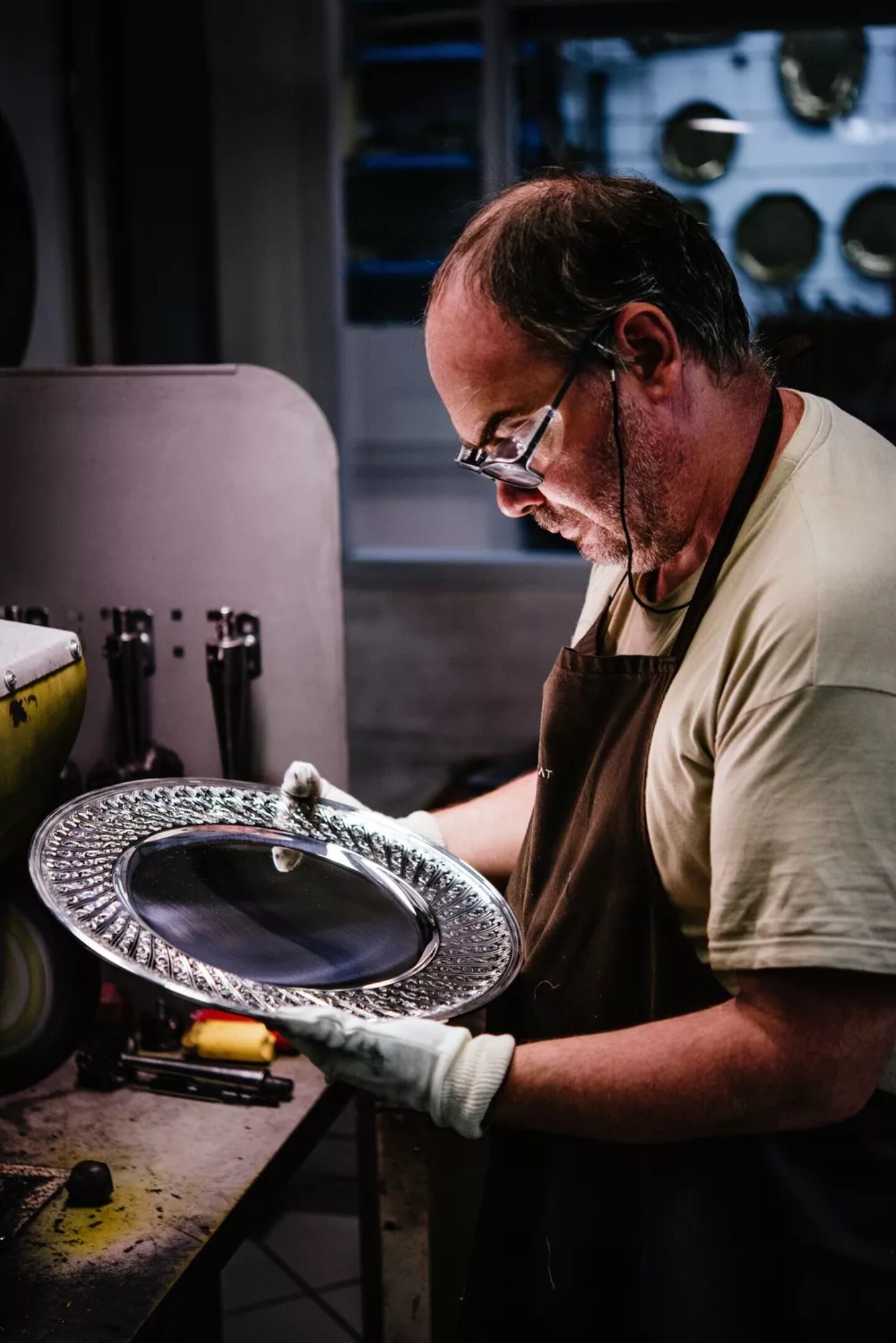
A monetary reserve
Orfevrerie is the art of making objects from precious metals like solid silver and gold. Whether secular or religious, they are all intimately linked to wealth and currency, as their value is calculated based on the weight of the metal. They constitute precious monetary reserves in hard times.
Orfevrerie in the Grand Siècle
In the 17th century, French orfevrerie was at its peak and the work carried out at the Gobelins Manufactory resulted in a variety of chefs-d’oeuvre from stunning furniture and solid gold dinner sets to disproportionate ornaments and religious objects. Very few of the pieces from this era have survived as Louis XIV had them melted down between 1689 and 1690 to finance the wars.
At the end of Louis XIV’s reign, orfevrerie pieces became rarer and smaller. Nonetheless, Thomas Germain and Joseph-Charles Roettiers, goldsmiths to Louis XV, managed to maintain a certain level of grandeur in their works. However, the French Revolution dealt a fatal blow to this luxurious art serving the Church and royalty. Not only did the guild brutally lose all of its privileges, but countless pieces of liturgical gold and silver creations were melted down or pillaged.
The Empire of orfevrerie
French orfevrerie was reborn under Napoleon I. After making his consular sword, Jean-Baptiste Odiot created numerous objects for the imperial family, ranging from a vermeil and lapis-lazuli dressing table set for Empress Marie-Louise to the King of Rome’s cradle. All of the European courtiers, in particular the members of the Russian aristocracy, made their purchases from this goldsmith.
This French excellence has lived on and is still worthy of its international renown today.
